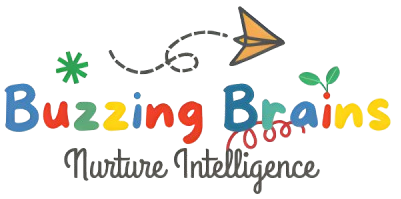Developing Bilateral Coordination in Children
Bilateral coordination is the ability to use both sides of the body together in a coordinated way. This skill is essential for children’s physical, cognitive, and emotional development.
What is Bilateral Coordination?
Bilateral coordination involves the ability to:
– Use both hands together to perform tasks
– Coordinate both sides of the body to perform movements
– Integrate visual, auditory, and kinesthetic information to guide movements
Why is Bilateral Coordination Important?
Developing strong bilateral coordination is crucial for children’s:
– Cognitive development: Bilateral coordination is linked to improved problem-solving skills and academic achievement.
– Fine motor skills: Bilateral coordination is essential for tasks like writing, drawing, and using utensils.
– Gross motor skills: Bilateral coordination is necessary for activities like walking, running, and jumping.
– Emotional regulation: Bilateral coordination can help children develop self-regulation skills and manage stress.
Repercussions of Not Having Strong Bilateral Coordination
- Difficulty with daily activities: Children may struggle with tasks that require both sides of the body, like dressing, using utensils, or playing musical instruments.
- Impaired balance and coordination: Bilateral coordination is essential for maintaining balance, posture, and overall physical coordination.
- Trouble with academic tasks: Children may struggle with tasks that require bilateral coordination, like writing, drawing, or using scissors.
- Increased risk of injuries: Poor bilateral coordination can lead to accidents and injuries, especially in physical activities.
Effects of Lack of Strong Bilateral Coordination in Different Age Groups
2-5 years
- Delayed development of fine motor skills: Children may struggle to develop fine motor skills, like using tweezers or holding a crayon.
- Difficulty with gross motor skills: Tasks like running, jumping, or kicking a ball may be challenging.
- Increased reliance on others: Children may need assistance with daily activities, impacting independence.
5-8 years
- Struggles with handwriting and drawing: Children may find it difficult to write, draw, or use scissors due to poor bilateral coordination.
- Difficulty with sports and physical activities: Tasks like catching, throwing, or kicking a ball may be challenging.
- Frustration with crafts and puzzles: Children may become frustrated with activities that require bilateral coordination.
8+ years
- Impact on academic performance: Strong bilateral coordination is essential for academic success, particularly in subjects like math, science, and language arts.
- Difficulty with complex motor tasks: Children may struggle with tasks that require coordination, balance, and bilateral coordination, like playing a musical instrument or participating in team sports.
- Increased risk of emotional and social difficulties: Poor bilateral coordination can lead to feelings of inadequacy, low self-esteem, and social isolation.
Activities to Improve Bilateral Coordination
Here are some fun and engaging activities to help improve your child’s bilateral coordination:
– Playdough and clay: Use playdough and clay to engage your child in bilateral coordination activities like rolling, shaping, and molding.
– Drawing and coloring: Encourage your child to draw and color using both hands together.
– Scissors and cutting: Practice cutting with scissors to develop bilateral coordination and fine motor skills.
– Ball games: Engage your child in ball games like catch, toss, and volleyball to develop bilateral coordination and gross motor skills.
– Obstacle courses: Set up obstacle courses that require bilateral coordination to navigate.
Tips for Parents
As a parent, you can support your child’s bilateral coordination development by:
– Modeling bilateral coordination skills and strategies
– Encouraging activities that require bilateral coordination
– Providing opportunities for practice and repetition
– Incorporating bilateral coordination activities into daily routines
– Offering positive reinforcement and encouragement
Age-Specific Bilateral Coordination Development
Here are some age-specific tips to support bilateral coordination development:
– 2-5 years: Use playdough and clay to engage your child in bilateral coordination activities.
– 5-10 years: Encourage your child to draw and color using both hands together.
– Beyond 10 years: Engage your child in more complex bilateral coordination activities like ball games and obstacle courses.
Conclusion
Bilateral coordination is a vital skill that plays a crucial role in children’s physical, cognitive, and emotional development. By providing opportunities for bilateral coordination activities and using strategies to support development, you can help your child develop strong bilateral coordination skills.
